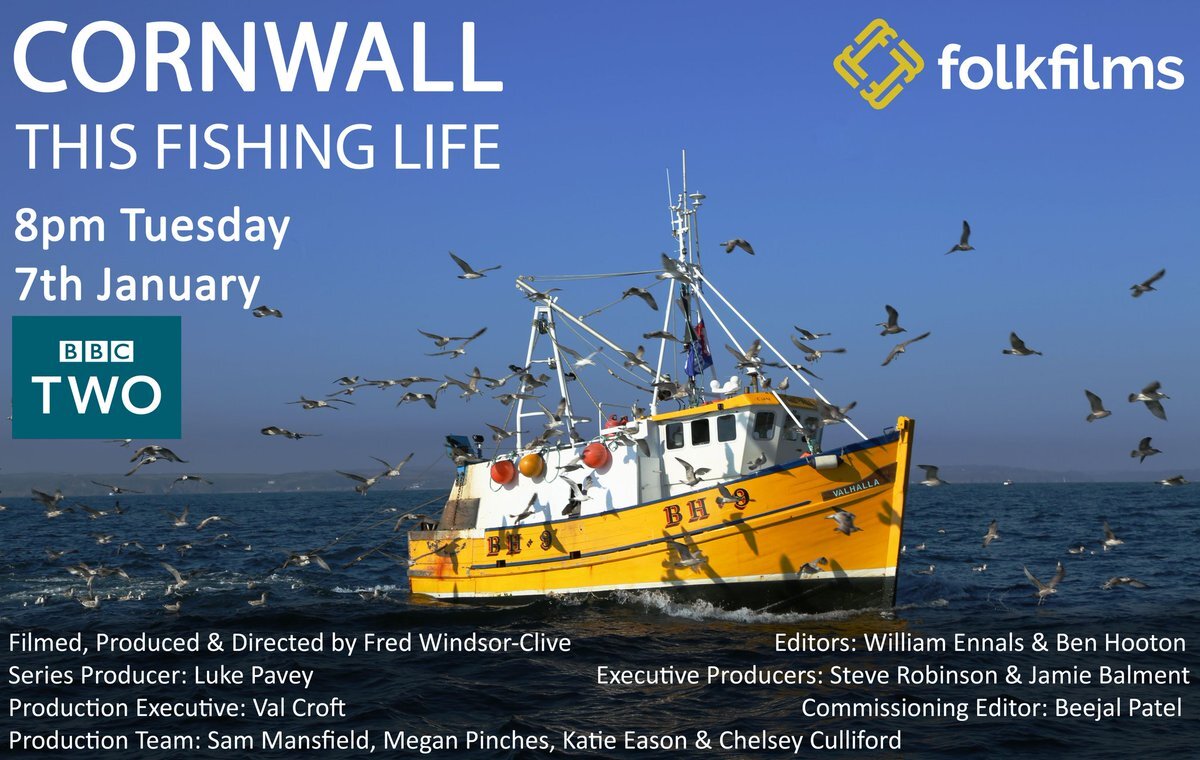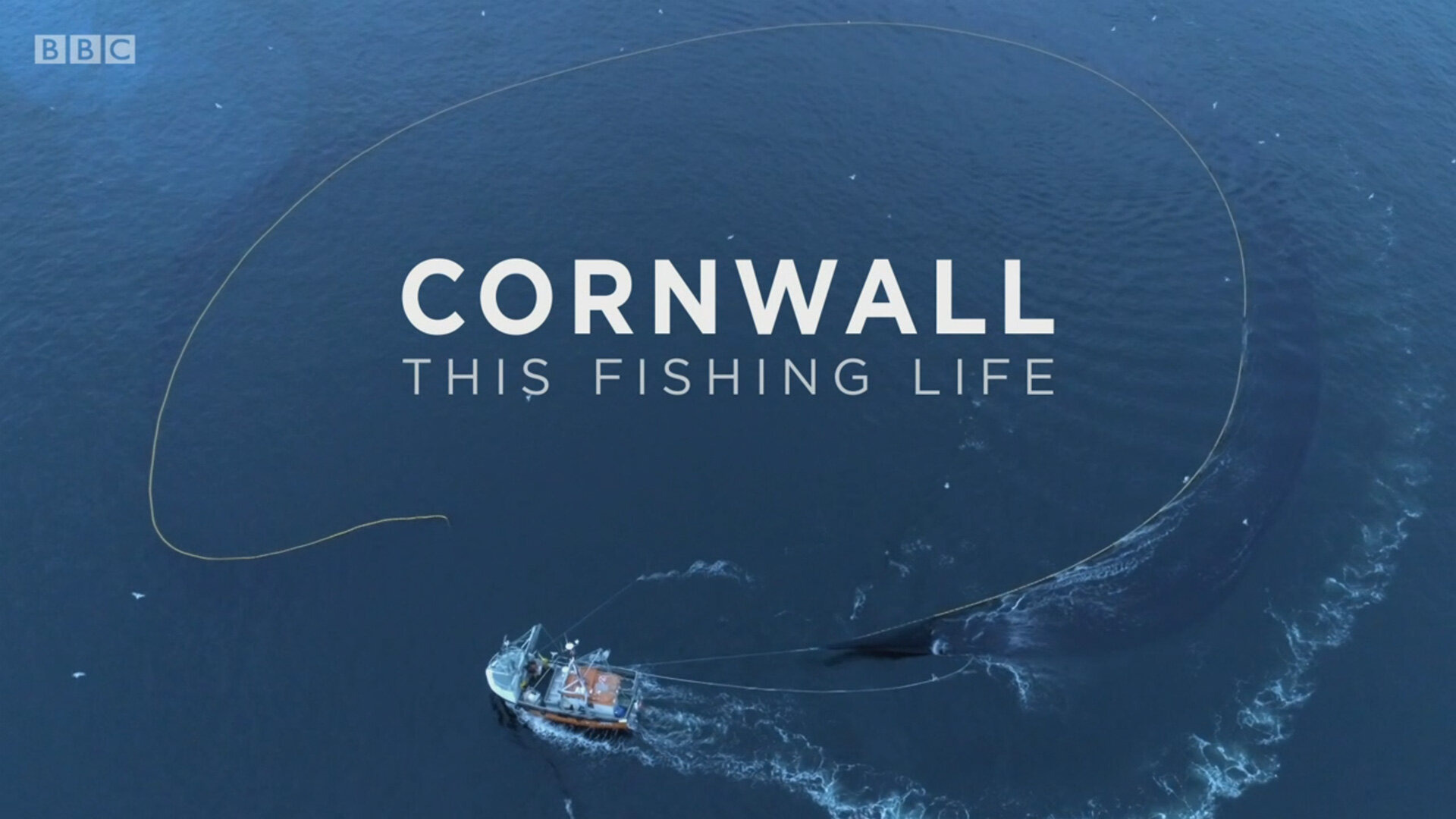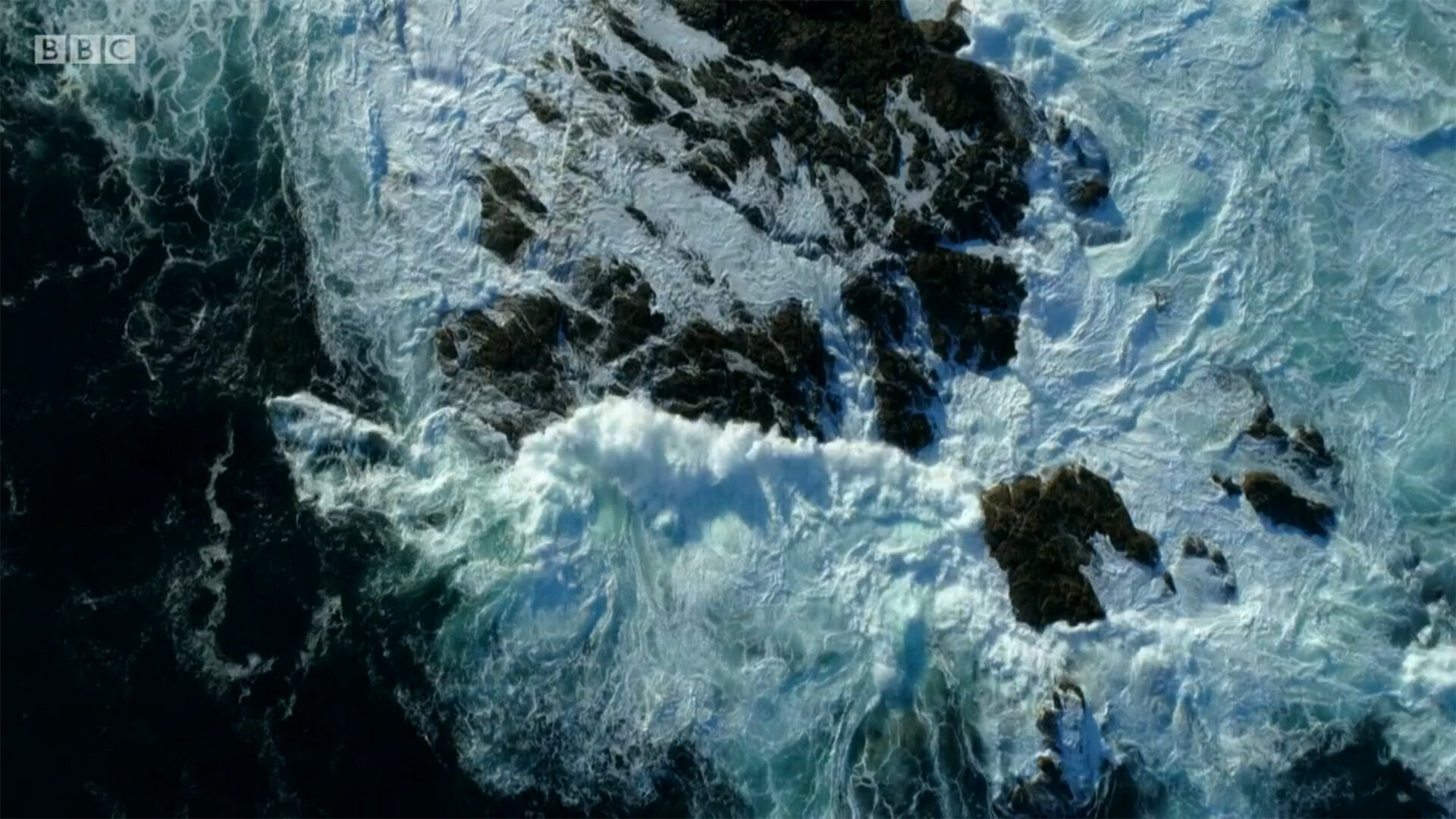BBC Two | Cornwall: This Fishing Life
Folk Films have created a really lovely series with their. ‘Cornwall, This Fishing Life’.
As Cornishman, we thought they encapsulated the life perfectly, as well as the modern challenges that face a lot of fishing lead communities here in the South West.
Watch Episode 1 on BBC iplayer now - https://www.bbc.co.uk/iplayer/episode/m000d24r/cornwall-this-fishing-life-series-1-episode-1
Providing drone aerials for something like this comes with many challenges that we explain below.
Which drone should I use?
It’s not always the case that bigger is better! You will always want to use the larger, higher resolution drones for everything you shoot because the depth of the image is so fantastic from them but often you need to use your experience to prepare for certain external pressures you will face in the field.
Local Residents - What time are you flying? How can you least impact the local residents? Will you be adding pressure to your flight by needing to take off closer to local homes and people at work?
Take off area - What hazards will you encounter? Is the surface flat enough to take off with a larger drone?
In this instance we were often on a moving boat or the side of a narrow cliff path. Therefore, we had to use the Phantom 4 Pro. It is a great drone for scenarios like this because it is the only drone with fixed legs below the body. That means you can safely catch the drone in your hand whilst moving. The Inspire 2 would require two very experienced people to safely catch the aircraft out of the air and it is really not recommended - people have lost eyes and fingers attempting this! The Mavic Pro also has this issue.
Interferring Radio Frequencies - Do boats use Radio Frequencies that interupt drone signals?
Yes - they certainly do! In our experience, the larger the aircraft the more it struggles with interferring radio signals. What that means is it effects primarily, the piloting of the drone. Losing signal will cause an automatic Return-To-Home function to start - which, depeding on how you have set it up pre-flight, could mean it landing in the water.
Secondly, it’s near impossible to fly over the top of the boats RF Mast and not lose camera signal to get the shots you need.
Battery Life / SD Card Space - What is the client after, quality or quantity? Will I need to be rolling camera and hovering for long periods before the action happens?
Smaller drones have fantastic, light and affordable batteries & SD cards. The larger you go, the more specific you need to be about shot choice and take off time. Phantom 4k 64gb Cards will last well over an hour of pure recording, with a flight time of about 25-40 minutes, costing about a tenth of the price of the Inspire 2 (added with a shorter flight time).
Weather Conditions
As a general rule, you will get smoother footage in poor conditions with a larger drone as there is more mass and strength in momentum. However, from a landing and take off point of view, it can increase the pressure on the pilot as you need to be more accurate. This is one to judge on your own experience.
We opted for using our Phantom 4 Pro UAV for the majority of this film, with occasional use of the Inspire 2 when knowing in advance our flight plan and take off zones from land.
In Summary, we all want to get the highest detailed, smoothest shots for our clients. But, with all the random failures you still get with remote operated aircraft, going home with everyone safe from harm and no damage to your environment or equipment, is the most important thing!




